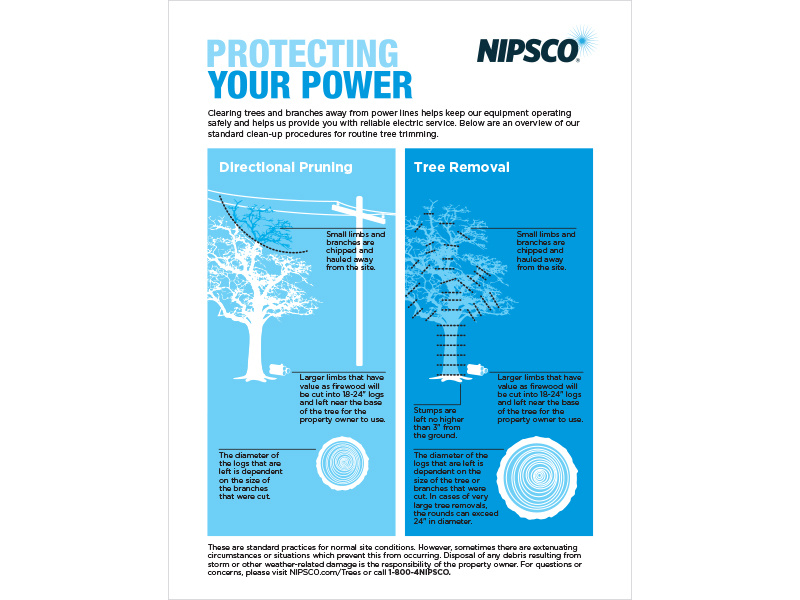Recognizing The Demand For Tree Elimination: A Guide For Homeowners
Recognizing The Demand For Tree Elimination: A Guide For Homeowners
Blog Article
Material Written By-Merrill Lucas
Trees include beauty and worth to building, however they can additionally pose a danger throughout severe weather condition occasions. If a tree has stopped expanding, is exhibiting noticeable fungal growth, or has a leaning trunk, it ought to be gotten rid of by an expert to prevent residential or commercial property damages and injury.
To find out more, participate in a property owner resource fair co-hosted by HPD, the Center for New York City Neighborhoods, and Brooklyn-based housing companions this night in Bedford-Stuyvesant. The event will certainly include the Homeowner Manual, a brand-new guide to assist property owners navigate the duties of owning a home.
1. Dead or Dying Branches
Trees are an integral part of your home's landscape, providing color and charm. They likewise supply sanctuary for wildlife and generate oxygen, but even healthy trees can experience health issue that might require their elimination. Dead or dying trees aren't simply unpleasant, they can be hazardous. Their branches could fall during a tornado, leading to costly residential or commercial property damage and injuries.
When a tree's branches start to pass away, it means that its framework is starting to break down. If the majority of its branches are dead, it is likely time to remove it.
Seek a lack of brand-new growth, bark peeling, open injuries or cavities, fungi expanding on the trunk or roots and a general appearance of degeneration in the entire canopy. These indicators of infection can show a serious trouble that will call for professional tree solutions to fix.
2. Leaning Trunk
While it's normal for trees to lean every now and then as a result of phototropism, if a tree has an unsafe or severe lean that's not due to natural processes - maybe a sign that the tree needs to be gotten rid of. If the tree is leaning toward a power line, home, vehicle, play framework or any other location that could be unsafe to individuals if it drops, then calling a specialist tree service for removal ought to be a leading priority.
It's also crucial to look for any sudden changes in a tree's leaning as it can indicate damage to the roots or trunk that may cause falling. This is particularly true throughout thundercloud, because high winds and rain-soaked dirt can trigger a lean to change swiftly. Routine surveillance, specifically throughout and after storms can assist property owners identify possible issues with their trees so they can call an arborist for a comprehensive evaluation.
3. Parasite Problem
Some pest problems, such as wood-boring bugs like emerald ash borer or sap-suckers like range insects, are so extreme that they can cause a tree to die. https://www.bhg.com/home-improvement/lighting/outdoor/best-landscape-lighting/ to prevent pest infestation is to monitor your trees regularly. Try to find spots, openings, or stainings in the fallen leaves and bark. Analyze the trunk for fractures and indicators of insect damages, such as tunnels or tracks.
If a tree comes to be too infested with pests, or is close to a home or power lines, an arborist may suggest removal. If a leaning tree develops a new, unpredictable lean, an arborist will likely recommend elimination too to guarantee the safety of individuals and property. If a weakened or dead tree continually loses too much branches, it is an indicator that it is time to eliminate the tree. If a tree remains to lose branches for an extended period of time, it could lead to architectural problems and prospective residential property damage.
4. how to become an arborist are an attractive and integral part of our landscape, but they do require routine like keep them healthy and balanced and safe. If a tree is harmed beyond repair it is likely time for it ahead down.
Try to find https://israelqkeys.is-blog.com/35661912/guaranteeing-security-and-efficiency-why-you-need-to-hire-a-professional-arborist-for-tree-removal-solutions of damage to the trunk, including upright fractures, seams, dead branch stubs, visible wounds or open cavities and severe tree-rot. long term maintenance of fungis at the base of the trunk is one more cautioning indicator. Fungis might indicate that the phloem and xylem (life-support cells) are compromised, allowing for the spread of condition or a future failing.
Additionally, take into consideration whether the tree has quit expanding. Healthy trees will have new growth yearly, which might show up as buds or branches sprouting and expanding. If you don't see any kind of new growth, it's an excellent idea to have an arborist review the tree and follow their recommendation for removal. A passing away or harmed tree can fall and cause home damages.